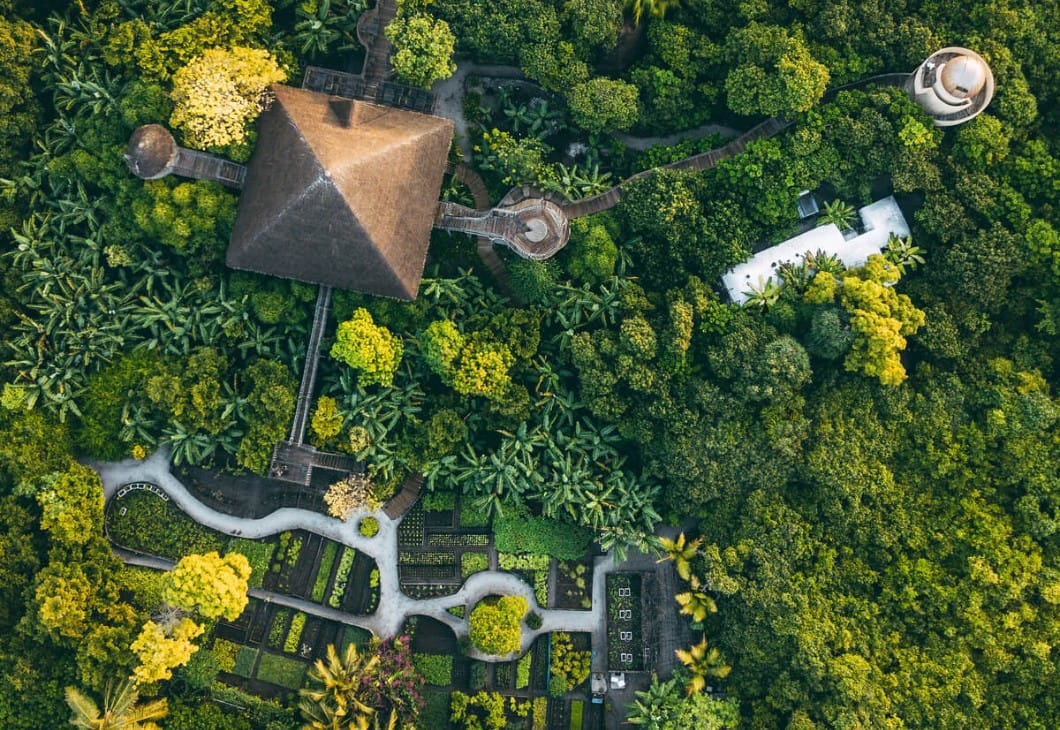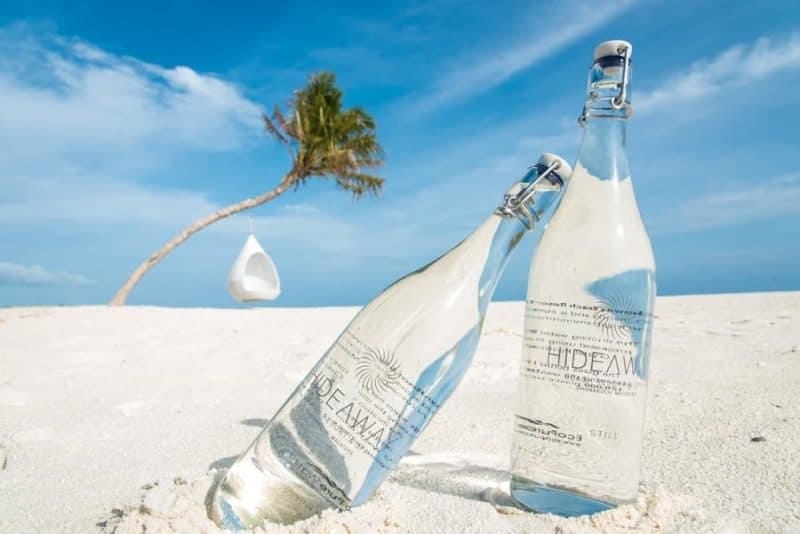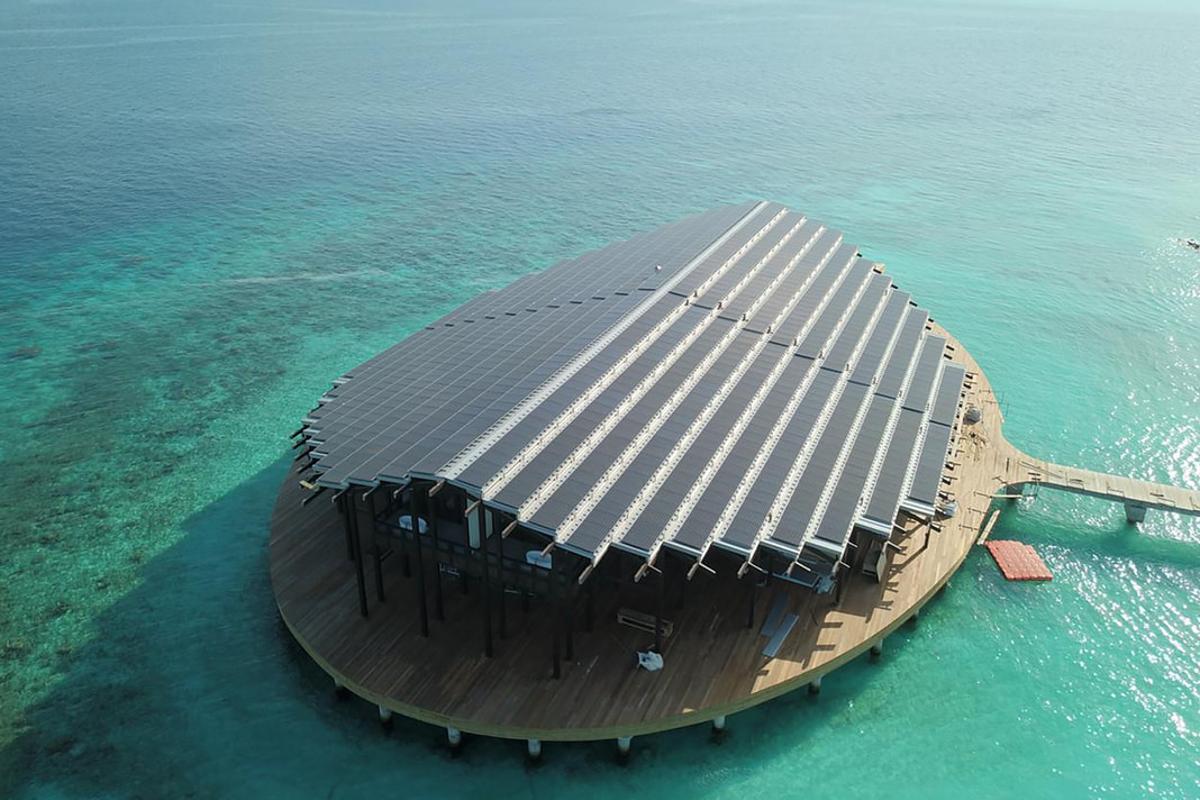Before there was “fathuruverin” (tourists), there were “mehman” (guests). Maldives has always been privy to receiving visitors from faraway lands. Sure, François Pyrard de Laval didn’t technically stay in a beach villa with a pool and Ibn Batuta certainly didn’t request a water bungalow, but Maldives has ‘sustained’ travel within these waters for centuries. Suffice it to say that this is also a country where the islands are so fragile that the situation could also turn as quickly as the tides.

In a nation that accommodates 500,000 of its own citizens in 2023, it also received more than 1.8 million tourists from all over the world by the end of that year. What does this mean in its details? This means that 1.8 million people flew in carbon-sputtering planes: majority of them, to stay on islands where every need is provided for in luxury settings, not to mention managing the waste and electricity. The costs as well as the consequences therefore, of inadvertently dissolving coral-killing concentrations of sunscreen into Maldivian lagoons will also have to be borne by the some 200 operational resorts. It is an inevitable fact that the industry is resource hungry.
It is also a loud truth that it is these resorts themselves that have taken up several environmental initiatives that attempt to offset these effects. Sustainability and luxury are really trying to nurture their relationship
In an environment such as this, sustainability isn’t just a marketing tagline, what’s good for the environment is also just good for business and the bottom-line.
No stranger to the game, Hurawalhi property Kudadhoo went fully solar-powered in 2018 with 1,000 solar panels being the honing beacon for sustainability and a really good time of wellness, dining and shopping. A hot shower at Hurawalhi Resort is guilt-free with high-efficiency heat recovery system which redirects heat produced by generators into usable electrical energy. It also wouldn’t be out-of-place to see what appears to be lines and lines of the resort’s linens and garments. The property line-dries about 4,000 items a month.

Coming into LUX South Ari Atoll, you may notice a small area of floating offshore solar panels. This SolarSea also doubles as an artificial home for marine life. Dusit Thani’s centers of operation on the island are adorned at the top with solar panels while guest villas at The Ritz-Carlton Maldives, Fari Islands come equipped with them as well.
Some other initiatives include properties such as the pioneers of the eco-concept, Soneva where an efficient composting program as well as the recycling of the majority of its plastic, aluminum and glass waste at Eco Centro is just the beginning. Fairmont Maldives Sirru Fen Fushi gives plastic waste new life by transforming them into souvenirs and even furniture. Their offshore art installation; the Coralarium is home to many species.

Maldivians are no stranger to self-sustenance and balance. The traditional signature Pole and Line fishing with almost no bycatch took to the seas several centuries before there was a discussion on trolling the seabed. Islands during the great famine imposed limitations on sustenance such as Kandoo (mangrove pods) in order to protect the ecosystem. The unique one-island, one resort concept blanketing the tourism industry also means that each resort has the freedom and responsibility of coming up with creative solutions of their own.
Majority of the properties such as Ozen Reserve Bolifushi, Hideaway Beach Maldives and Lily Beach Resort have adopted best practices of bottling their own water – cutting down on the environmental and financial price of importing water. You can get organic, completely fresh, farm-to-plate produce on properties such as Reethi Beach Resort. Zero waste kitchens and homegrown ingredients trying to achieve the “zero-food-mile”.
Guests staying at Amilla Maldives for one, can visit the island’s resident Palace – Cluckingham Palace and choose their own eggs right next to the Mushroom Hut and a large scale hydroponics garden and banana plantation. Savor the island’s very own coconut oil, milk and cream, processed at the coconut processing facility.
Sealife conservation is also so closely linked with guest excursions and the appeal of this tropical archipelago. The ORP Marine Turtle Rescue Centres by Coco Collection, work in ocean restoration and rehabilitation of sea turtles while Gili Lankanfushi’s Gili Veshi research venter collects vital data that support global initiatives like The Manta Trust. Frequent guests to Maldives will also be familiar with lending a hand in reef cleanups as well as adopting coral initiatives at properties such as St. Regis Maldives Vommuli Resort, Anantara Dhigu Resort and Joali Maldives.
Six Senses Laamu has become well-known for the Maldives Underwater initiative (MUI) which protects vital seagrass which are grazing beds for turtles and a plethora of sealife- not to mention the conservation of sea turtles and mantas.
On this World Environment Day 2024, one might ponder on the importance of achieving a net positive contribution to the environment and how far or close we may be from that in the industry. Much like the waves that caress these white sandy beaches, the relationship between tourism and this fragile nature is the ebb and flow that creates balance for all those who inhabit it.




